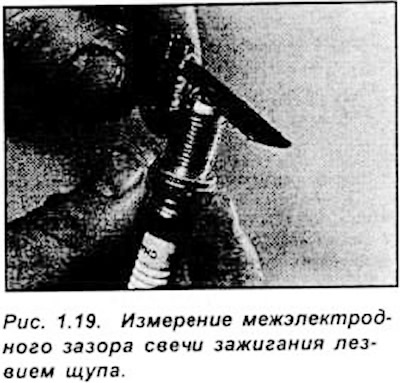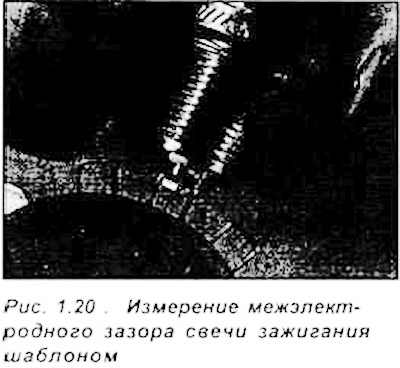Attention. Spark plug replacement is required during this service interval on HCS, Endura-E, CVH and PTE engines. On Zetec and Zetec-E engines. The recommended spark plug replacement interval is every 48,000 km or three years.
Before removing the spark plugs, remove dirt using a clean brush, vacuum cleaner or compressed air, which prevents dirt from entering the engine cylinders.
Remove the tips of the high-voltage wires from the spark plugs, and it is necessary to remove them by the tip, and not by the wire.
Unscrew the spark plugs. Checking the spark plugs shows the condition of the engine. If the nose of the spark plug insulator is clean and white, this indicates that the mixture is too lean or "hot" spark plug.
If the tip and nose of the insulator are covered with a hard black coating, this indicates that the mixture is too rich. If it's black and oily, it's likely that the engine is worn out.
If the nose of the insulator has a slight light brown coating, then the mixture is optimal and the engine is likely to be in good condition. Check spark plug gap with a feeler gauge (see fig. 1.19, 1.20).


The gap between the electrodes of a spark plug is important, because if the gap is too large or too small, the ignition spark size and efficiency will not be sufficient for normal engine operation.
To set the interelectrode gap, bend the outer electrode until the required gap is obtained. Never bend the center electrode. as this may crack the insulator.
Thoroughly wipe the threaded part of the candle.
Screw in the spark plug by hand until it touches the cylinder head and tighten to the required torque.
If a torque wrench is not available, tighten each spark plug no more than a quarter of a turn (CW and PTE engines) or one sixth of a turn (HCS and Endura-E engines).
Visitor comments